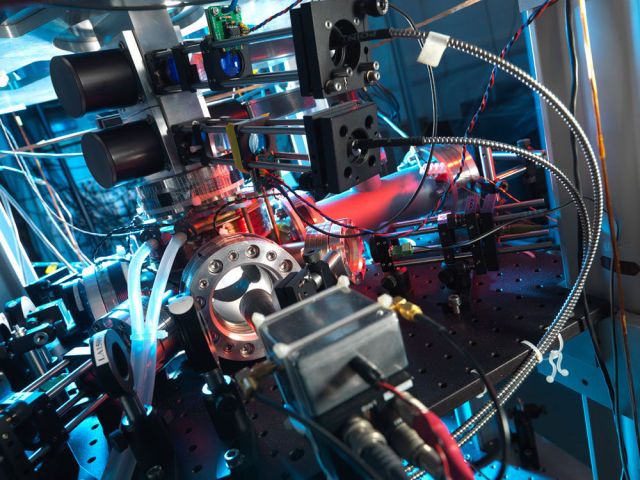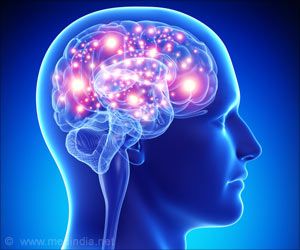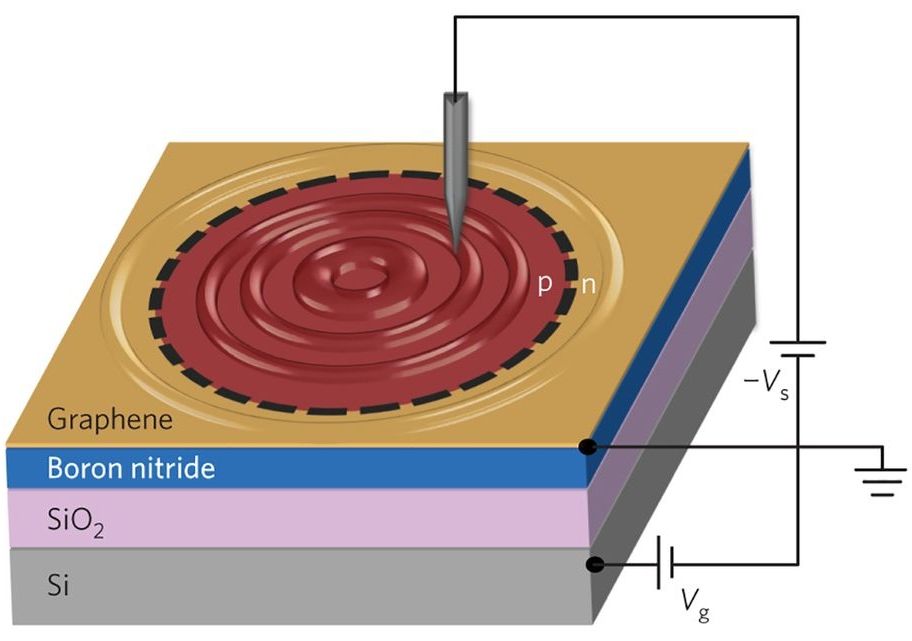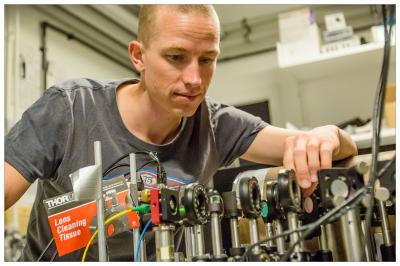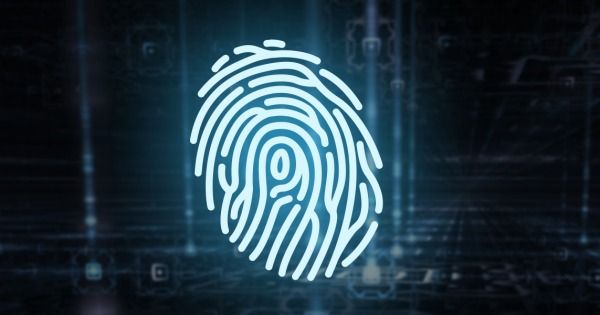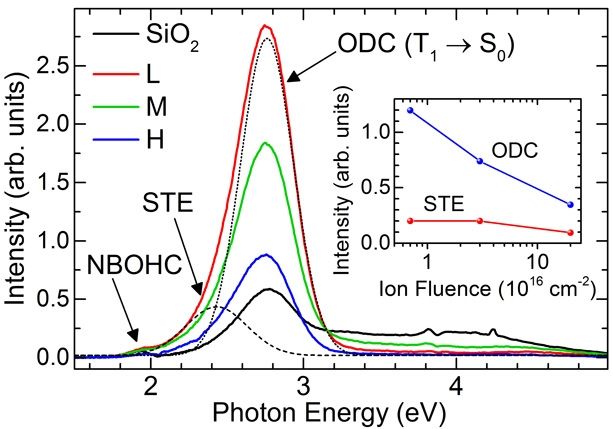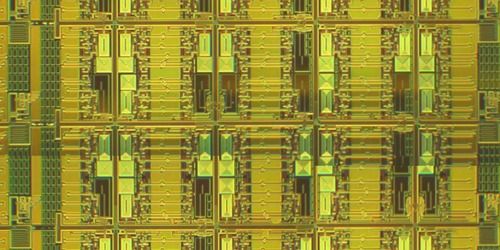Physics, as you may have read before, is based around two wildly successful theories. On the grand scale, galaxies, planets, and all the other big stuff dance to the tune of gravity. But, like your teenage daughter, all the little stuff stares in bewildered embarrassment at gravity’s dancing. Quantum mechanics is the only beat the little stuff is willing get down to. Unlike teenage rebellion, though, no one claims to understand what keeps relativity and quantum mechanics from getting along.
Because we refuse to believe that these two theories are separate, physicists are constantly trying to find a way to fit them together. Part-in-parcel with creating a unifying model is finding evidence of a connection between the gravity and quantum mechanics. For example, showing that the gravitational force experienced by a particle depended on the particle’s internal quantum state would be a great sign of a deeper connection between the two theories. The latest attempt to show this uses a new way to look for coupling between gravity and the quantum property called spin.
I’m free, free fallin’
One of the cornerstones of general relativity is that objects move in straight lines through a curved spacetime. So, if two objects have identical masses and are in free fall, they should follow identical trajectories. And this is what we have observed since the time of Galileo (although I seem to recall that Galileo’s public experiment came to an embarrassing end due to differences in air resistance).
